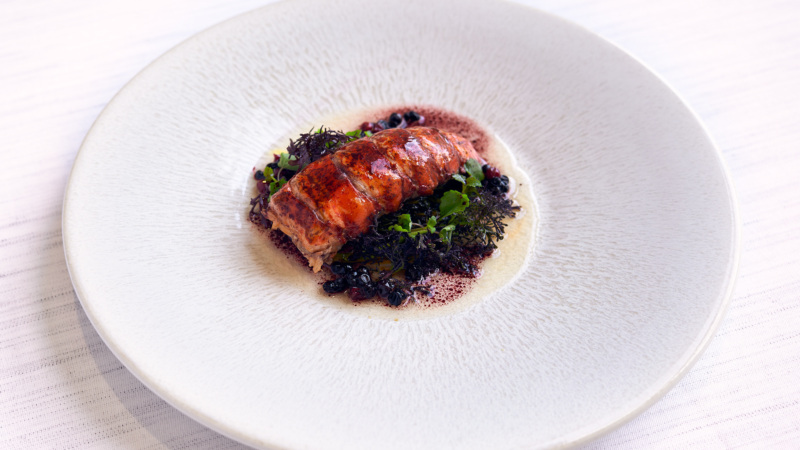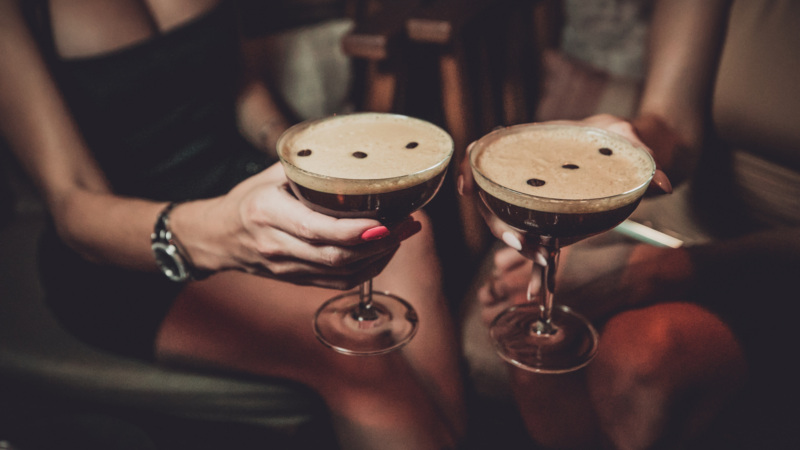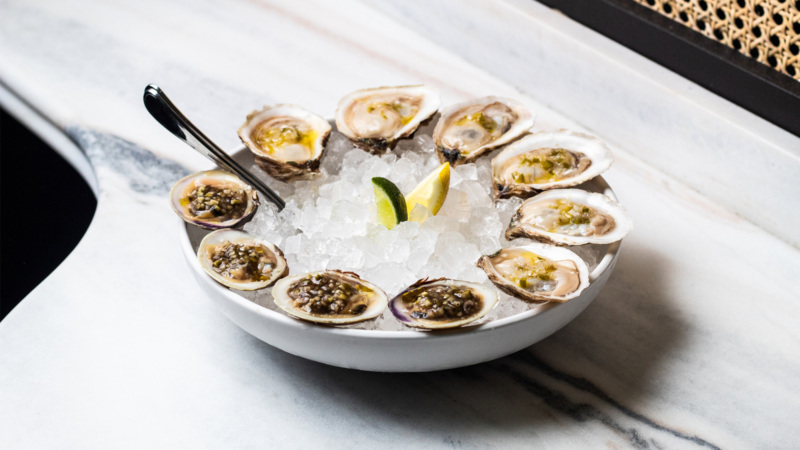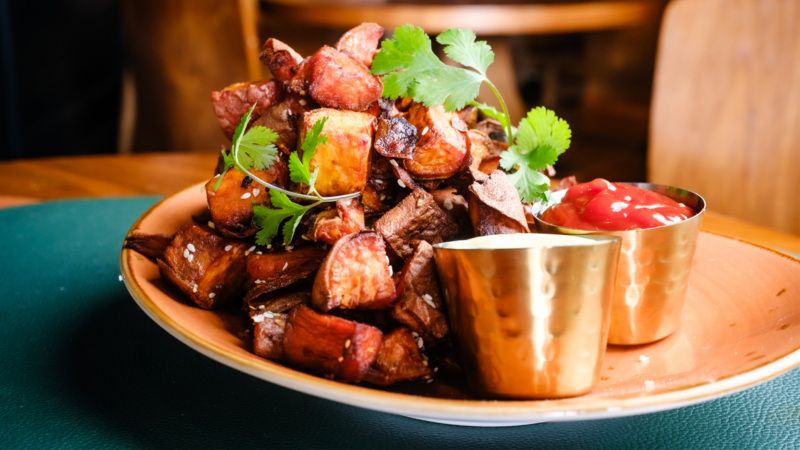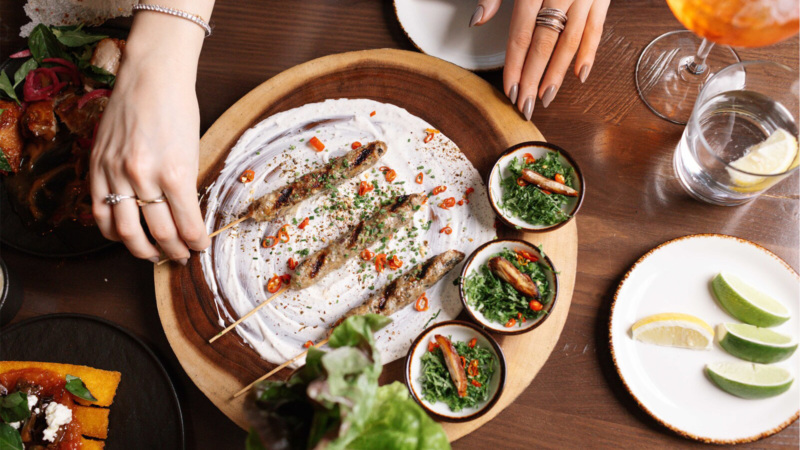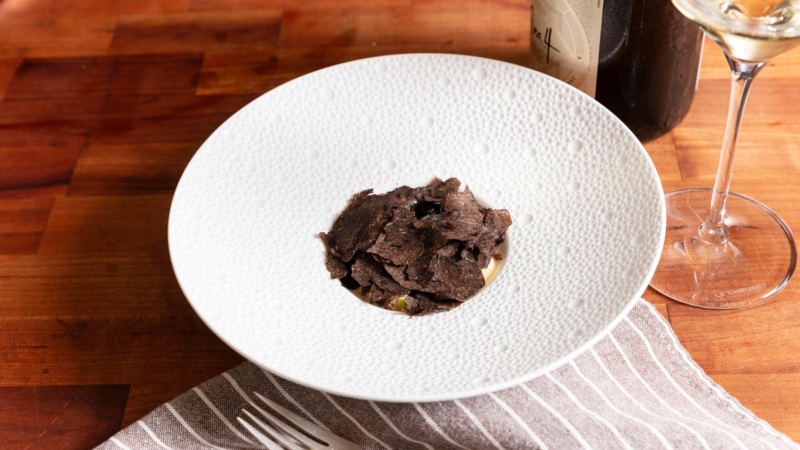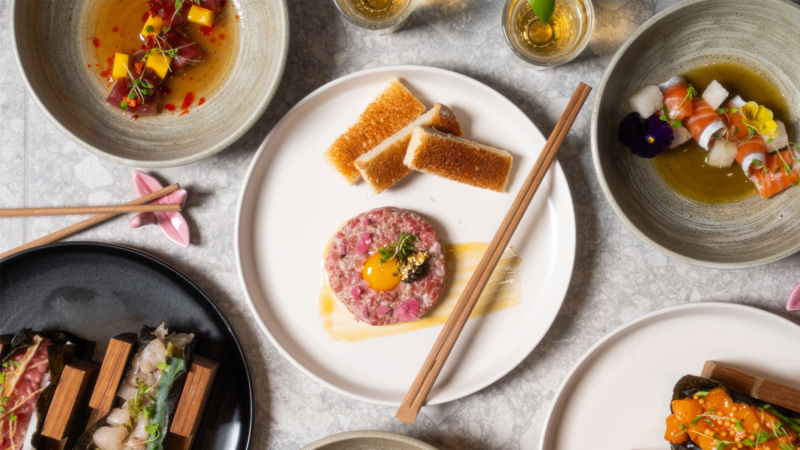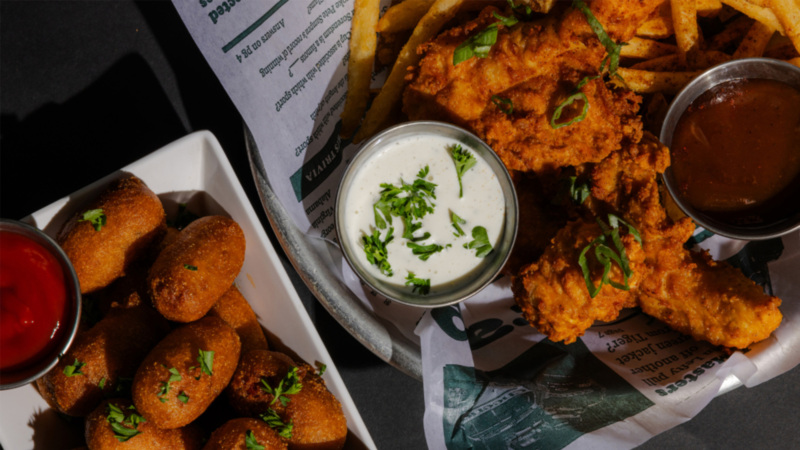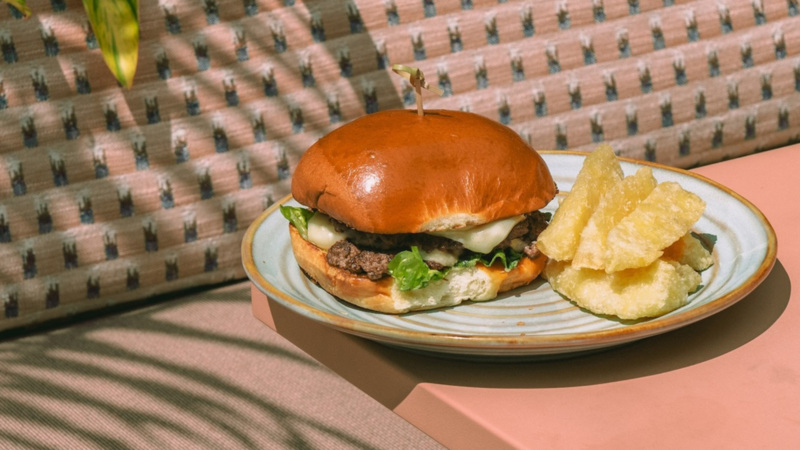

Behind the Line: Union Pasadena
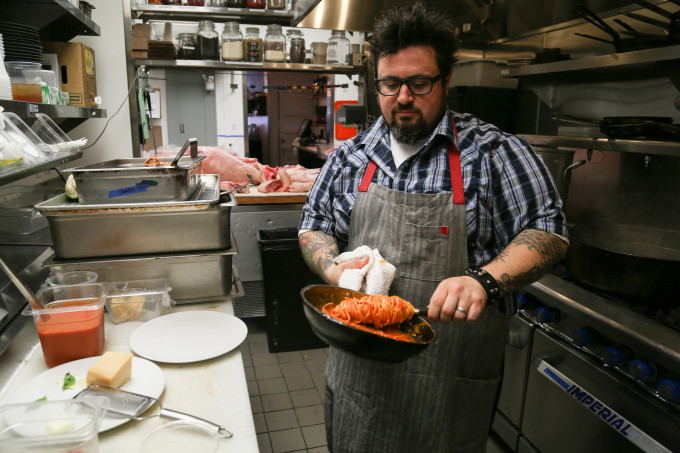
Welcome to Behind the Line, wherein you go backstage in search of what makes LA’s top kitchens tick.
At the very top of the pasta heap today is Chef Bruce Kalman of Union Pasadena. The accolades have streamed in from every corner of the critic-sphere for his noodles, which range from potato leek mezzo luna to classic of all classics, spaghetti alla chitarra. But, how does the Jersey fresh chef keep it al dente? It’s starts with the flour, then technique, experience and instincts take over. Have a look:

The spaghetti alla chitarra starts with a well of Grist & Toll’s durum wheat mixed with semolina and in the center vibrant orange yolks from marigold-fed chickens. Yes, even the yolks are taken up a notch, “It’s this idea of building flavor from the bottom up. I was taught in culinary school shit in shit out.”

He works the dough with the heel of his hand, a key step in building the structure of the pasta. Another clutch technique that is often skipped, letting the dough rest, “You need to let your pasta dough rest for a couple of reasons. One, it gets tense so it needs to relax. More importantly, flour takes time to hydrate properly.”
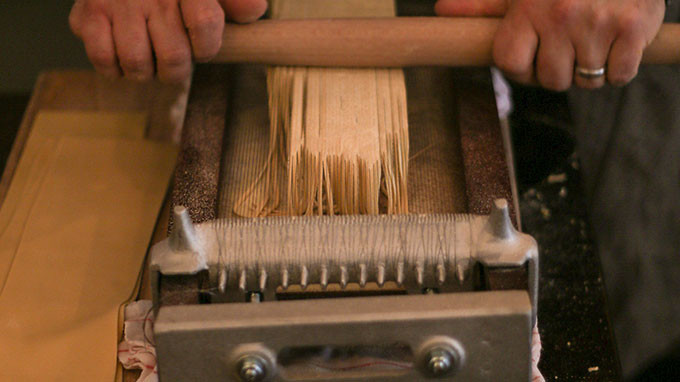
Out comes the chitarra, the OG way of cutting spaghetti, often imitated by machines but never coming close to the real deal. “This is my own theory, the pressure of pushing it through the strings creates the bite, it gets taut. That’s the idea of the pasta chitarra. It should be a little thicker and it should have a great bite to it.”
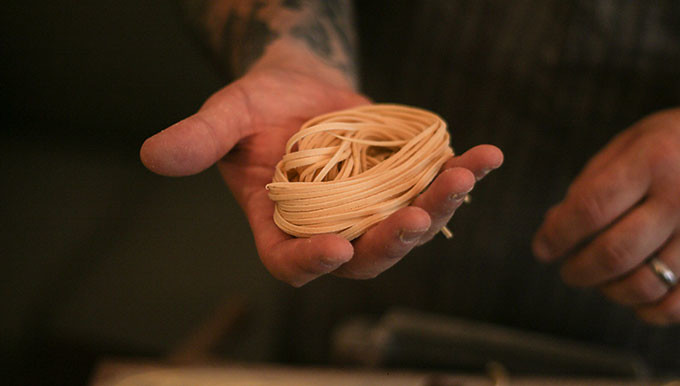
Back to the flour for a second, any chef will tell you that ingredients are key, but chef Kalman takes it to the next level. “Have you ever opened a bag of flour and had it smell like something? It should have a smell, it should smell like wheat.”
So he turned to Nan Kohler of Grist & Toll. She’s changing the game with her small-batch, single varietal grains milled by an Austrian-manufactured stone mill. The proof is in the flour. “It’s not nearly as refined. The more we leave in, the more you have the power of using that expression,” says Nan.
Discover More


